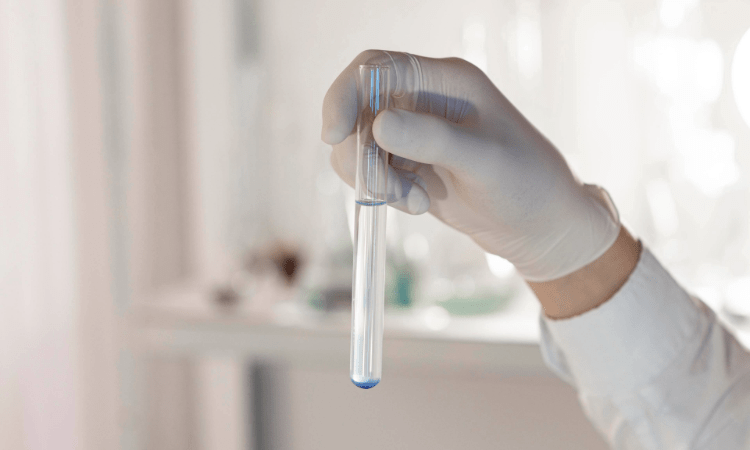Water Analysis: Water Quality in Food Production
Water Quality in Food Production

The quality of water used in food production is one of the most important factors directly affecting product safety and human health. Clean and safe water guarantees hygiene in both production processes and end products. However, microorganisms, chemical contaminants and heavy metals in water can lead to foodborne illnesses.
For what purposes is water used in food production?
In the food industry, water is used at many different stages:
- As raw material: Beverages, sauces, soups and processed foods may contain water.
- Cleaning and sanitation: Used for cleaning production areas and equipment.
- Cooling and heating processes: Required for processing and preservation of products.
- Steam generation: Used in processes such as pasteurization and sterilization.
- Packaging processes: Water is required for rinsing and filling some products.
Considering these areas of use, the physical, chemical and microbiological quality of water must be high.
Determination of Water Quality: Which Tests Are Performed?
Water analysis is carried out with different test methods to identify potential risks in its content. Here are the most commonly used types of analysis:
1. Physical Analyzes
The main physical properties that determine water quality are examined:
- Color and turbidity (Polluted water is not suitable for food production)
- Odor and taste (may change due to chemical and biological contaminants)
- pH value (Ideal range is 6.5 - 8.5)
2. Chemical Analyses
Identifying chemical constituents is critical to the safety of water:
- Heavy metals (toxic substances such as lead, mercury, arsenic, cadmium)
- Nitrate and nitrite (too much can cause health problems)
- Chlorine and chlorine compounds (Used for disinfection, but in balanced levels)
- Pesticides and industrial chemicals (can pose serious risks in food production)
3. Microbiological Analysis
Microorganism detection is done to determine whether the water is hygienically suitable:
- Total coliform bacteria (indicates the presence of harmful bacteria such as E. coli)
- Yeast and mold tests (can cause spoilage)
- Legionella and Salmonella tests (can pose serious health threats.)
These analyzes determine whether water can be used safely in production.
Regulations for the Quality of Water Used in Food Production
Around the world, there are standards set for the quality of water used in food production. Here are the most important regulatory bodies and the standards they set:
- World Health Organization (WHO): Sets global standards for the quality of water used for drinking and food production.
- FDA (US Food and Drug Administration): Requires food manufacturers to ensure water safety.
- EPA (US Environmental Protection Agency): Regulates to prevent water contamination in industrial use.
- Codex Alimentarius: Provides a guide that sets international food safety standards.
- Turkish Food Codex: Contains rules regulating the quality of water used in food production in Turkey.
Nanolab Laboratories Group continues to provide services within the scope of Food Analysis. You can also consult us on Water Analysis.
Contact us for more information.
You can follow us on LinkedIn for up-to-date news and shares about our services.
Follow our Instagram account to be informed about our latest blog posts.

